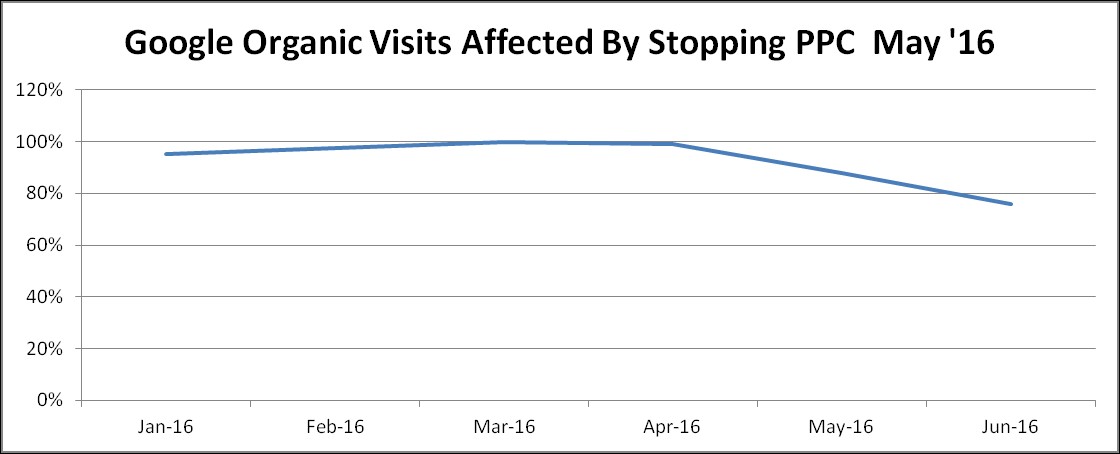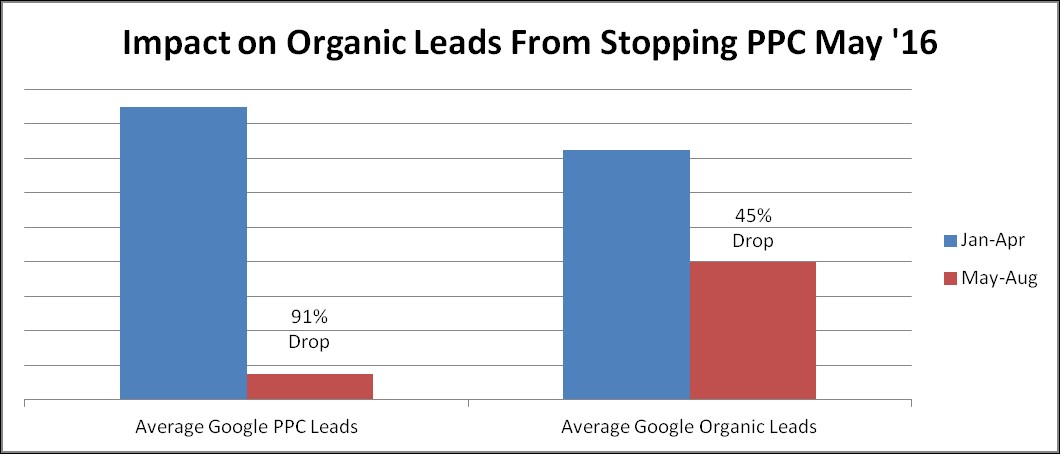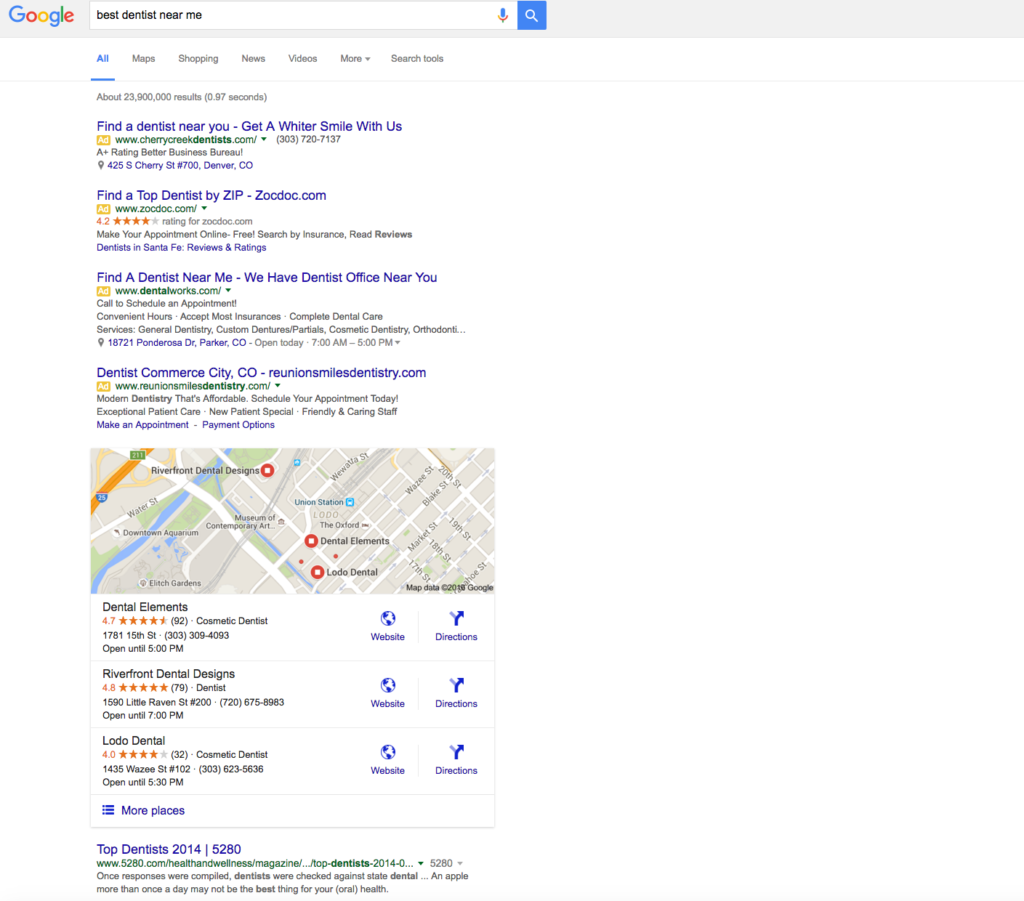Google Snippets and Your Dental Practice
Google snippets are short pieces of information (snippets) you sometimes see in Google search results. They’re usually shown at the top of the results page, and answer specific questions.
Most of these snippets come from pages that rank in the top ten of search results. By improving the content of your dental practice website you increase your chances of appearing in a snippet, and boosting your site’s traffic.
Right now there are three types of snippets that apply to dental practices:
- Review snippet. This appears with a person icon. Review snippets are drawn from online reviews left by your patients.
- Website mentions. These appear with a globe icon. The snippets appear when a service your practice offers is part of a user’s search terms.
- Post snippet. This type is marked with an exclamation point icon. This snippet appears when a search term is found within a Google post.
We have described the importance of online reviews to your practice elsewhere on this blog. If you’d like to increase your ranking for teeth whitening, for example, you can ask your whitening patients to share their experiences. Research has shown that asking a patient for a review will give you a higher rating.
There are several ways to ask your patients to leave you a review:
- Put a review form on your website, and let patients know about it
- Add a review widget to your site
- Use a review request email template
- The direct approach – ask for reviews in person
Remember, though, that it is not ethical to offer incentives for reviews, and is also against Google policy.
For website mention snippets and post snippets, professional guidance gets you the best results. ProspectaMarketing is an Internet marketing firm specializing in helping dental practices reach their audience, including with Google snippets.
We use all of the tools of Internet search marketing to help you reach key prospects who are looking for what your practice has to offer. Our unique and thorough approach provides visibility, financial accountability, and ongoing refinement and improvement. You can find out more by contacting Lane Anderson toll-free at 1-877-322-4440 Ext 101, by email using the form on our Contact Us page, or online at ProspectaMarketing.com.







